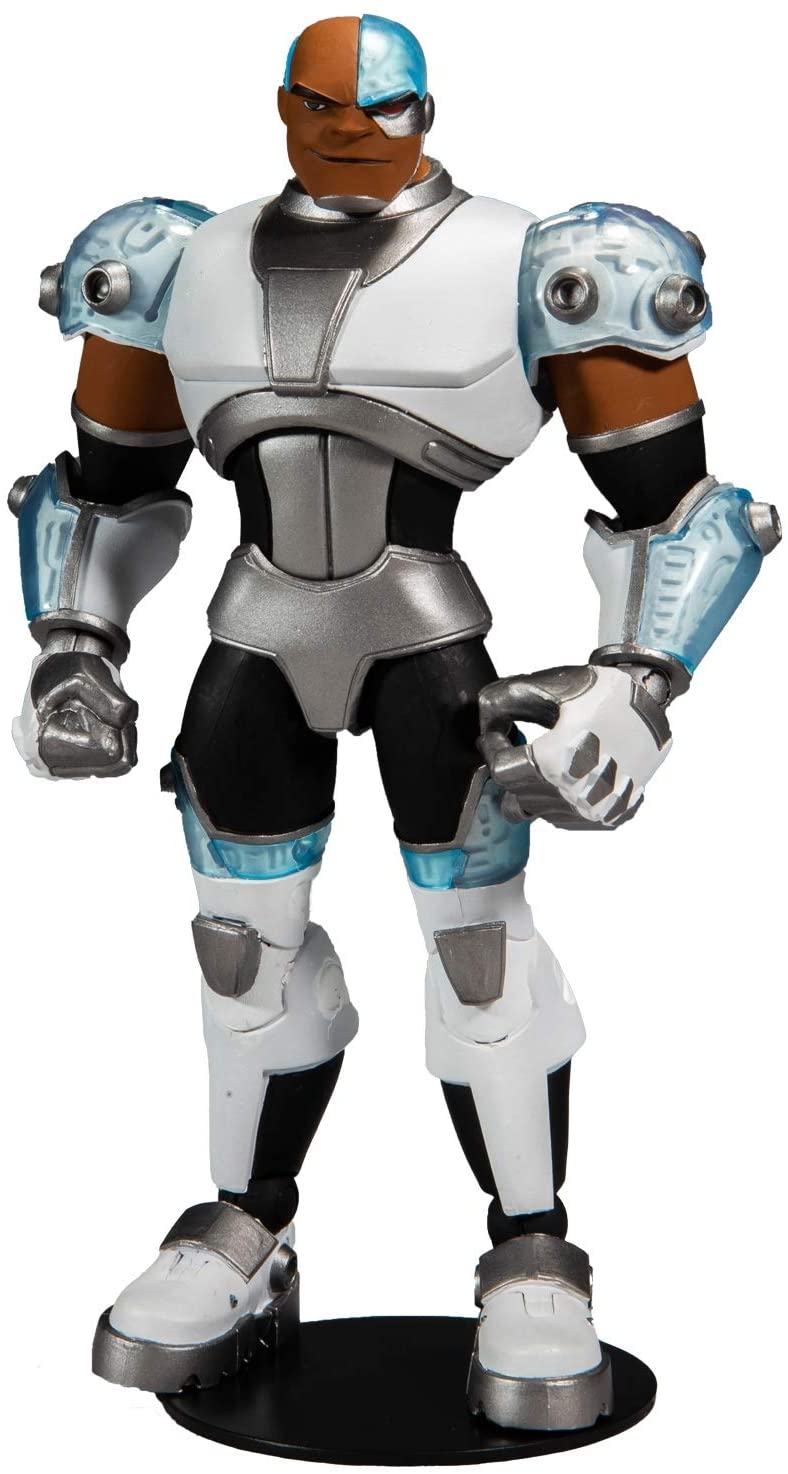Tech
CYBORG: Technology In Medicine

A cyborg is a portmanteau of “cybernetic organism”, it is a being with both organic and biomechatronic body parts.
The term cyborg is not the same thing as bionic, biorobot or android; it applies to an organism that has restored function or enhanced abilities due to the integration of some artificial component or technology that relies on some sort of feedback. While cyborgs are commonly thought of as mammals, including humans, they might also conceivably be any kind of organism.
In science fiction, the most recognizable portrayal of a cyborg is a human being with visibly mechanical parts, such as the superhero Cyborg from DC Comics or the Borg from Star Trek. But cyborgs may also be portrayed as looking more like robots or more like ordinary humans. Cyborgs may appear as humanoid robots, such as Robotman from DC’s Doom Patrol or the Cybermen from Doctor Who, or they may appear as non-humanoid robots, such as the Daleks in Doctor Who or some of the Motorball players in Battle Angel Alita.
In medicine, there are two important and different types of cyborgs: the restorative and the enhanced. Restorative technologies “restore lost function, organs, and limbs”. The key aspect of restorative cyborgization is the repair of broken or missing processes to revert to a healthy or average level of function. There is no enhancement to the original faculties and processes that were lost.
On the contrary, the enhanced cyborg “follows a principle, and it is the principle of optimal performance: maximising output (the information or modifications obtained) and minimising input (the energy expended in the process)”. Thus, the enhanced cyborg intends to exceed normal processes or even gain new functions that were not originally present.
Although, Opponents of Cyborgs concept describe what they believe to be biased because of its vast development and they find the acceptance of such technologies very difficult.
READ ALSO:CCTV: Useful Or Not?
Many people see cyborgs as machine and a means of Technology while some sees it as human beings with extraordinary functions. Hence, chemical and robotic technology with the help of a Brain Computer Interface (BCI) in Cyborgs could enable people who are missing a limb or are in a wheelchair the power to control the devices that aide them through neural signals sent from the brain implants directly to computers or the devices. It is possible that this technology will also eventually be used with healthy people.
While work to perfect this technology is still being done, there have already been major advances in Cyborgs that help in the use of electronic stimulation of the retina to allow the eye to sense patterns of light just like a spectrophotometer.
Therefore, if technological advances proceed as planned this technology may be used by thousands of people forgetting the side effects.
Drop comments below via Eko Hot Blog
Advertise or Publish a Story on EkoHot Blog:
Kindly contact us at [email protected]. Breaking stories should be sent to the above email and substantiated with pictorial evidence.
Citizen journalists will receive a token as data incentive.
Call or Whatsapp: 0803 561 7233, 0703 414 5611













